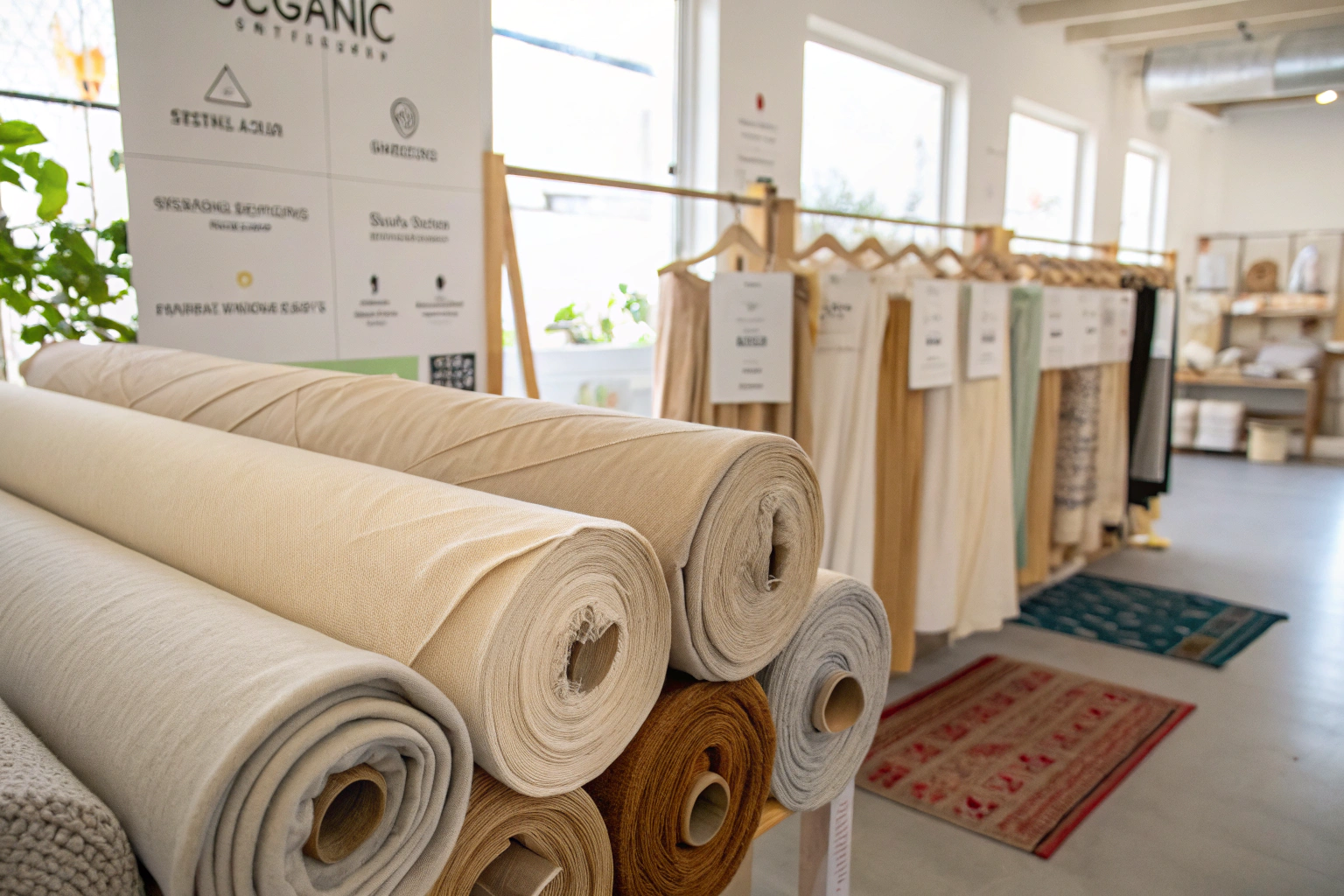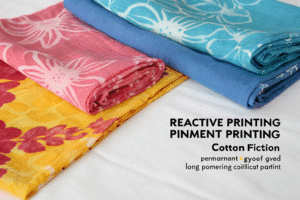As the textile world pivots toward sustainable luxury, one plant-based innovation is quietly making its way into silky knitwear collections—soy protein fiber. Known as "vegetable cashmere" for its buttery texture and subtle sheen, soy fiber is blended with cotton, modal, or spandex to create breathable, drapey fabrics perfect for next-to-skin wear.
You can source soy protein fiber blends for silky knits from specialized eco-textile mills in China’s Zhejiang, Jiangsu, and Shandong regions, as well as select suppliers in Taiwan and Turkey. These producers offer GRS, GOTS, or OEKO-TEX certified fabrics in small to medium MOQs.
This article walks you through what makes soy blends ideal for luxury basics, where to source them, and how to navigate MOQ, lead times, and fiber specifications.
What Is Soy Protein Fiber and Why Use It?
Soy protein fiber (SPF) is a regenerated plant-based fiber derived from soybean pulp—a byproduct of tofu and soymilk production. Through wet-spinning and polymerization, it becomes a smooth, semi-synthetic filament that mimics silk in touch and drape.
When blended into knits, soy fiber imparts softness, moisture regulation, UV protection, and biodegradability—making it ideal for premium underwear, yoga tops, maternity wear, and eco-loungewear.
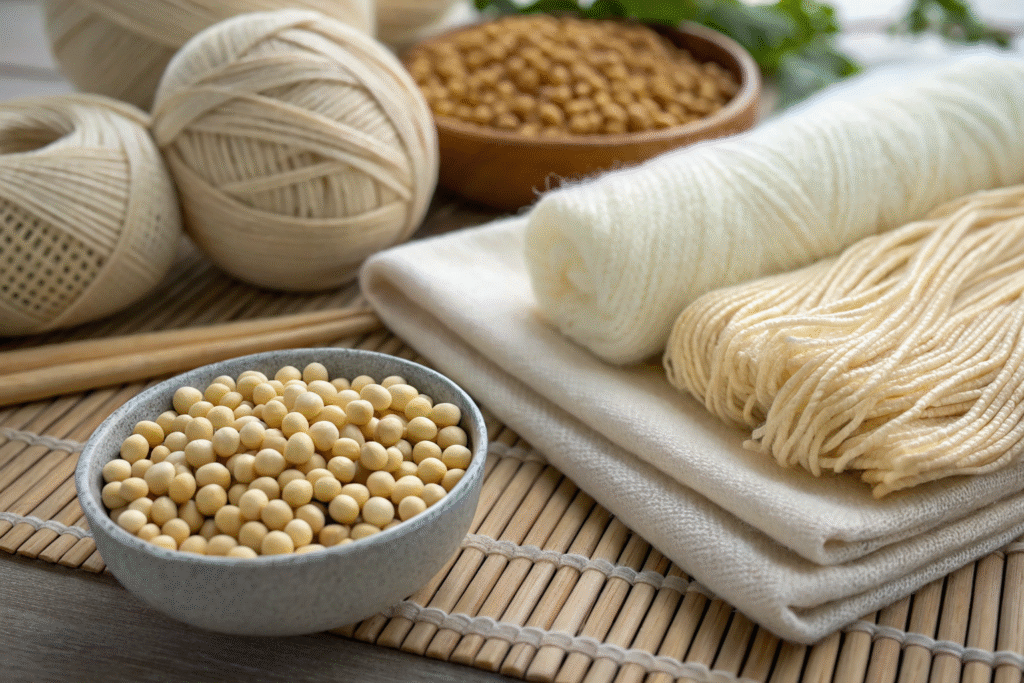
How Does Soy Compare to Modal or Bamboo?
Soy has a more silken sheen than modal and a softer dry handfeel than bamboo viscose. According to Textile Exchange, SPF is considered a sustainable “closed-loop” alternative to petroleum-based synthetics.
Is Soy Fiber Breathable and Stretch-Compatible?
Yes. Blends like soy/spandex (95/5) or soy/cotton (70/30) are commonly used for stretchy jersey knits. The fiber is breathable and thermally regulating, making it perfect for base layers and warm-weather styles.
Where Are the Best Mills for Soy Knit Fabric Sourcing?
China leads the global production of soy protein fiber, particularly in Zhejiang (Shaoxing), Jiangsu (Nantong), and Shandong (Weifang). Taiwan also produces high-grade SPF yarns used in Japanese and Korean luxury collections.
The best mills not only spin SPF yarn but also offer dyeing, finishing, and knitting for full package development—ensuring consistent shrinkage, stretch, and drape.
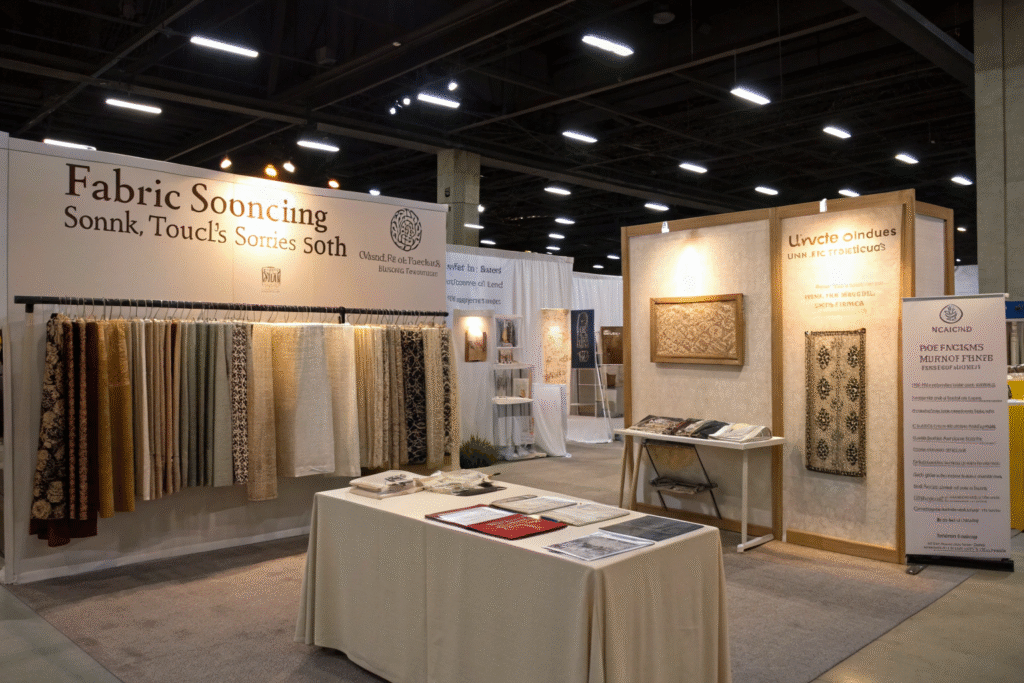
Who Are Reliable Suppliers in China?
On Alibaba and Made-in-China, you’ll find suppliers offering soy/cotton or soy/modal jersey fabrics with OEKO-TEX certification. At Fumao Fabric, we partner with Shaoxing-based SPF yarn producers and circular knitting factories to deliver premium blends for lounge and intimatewear brands.
Can I Source From Outside Asia?
Yes. Some Turkish suppliers and EU agents distribute SPF knits, often blended with organic cotton or lyocell. European MOQ is typically higher (500–800 meters), but brands seeking regional sourcing can explore options from Ekoteks Tekstil and other eco-certified mills.
What Are the MOQ, Yarn Blends, and Lead Times?
Because SPF yarn is still niche, suppliers may have MOQ thresholds tied to spinning and dyeing efficiency.
Most soy blend knit suppliers require 300–500 meters per color per blend, with lead times ranging from 12–18 days after lab dip approval. Yarn blends include soy/cotton, soy/modal, and soy/spandex.
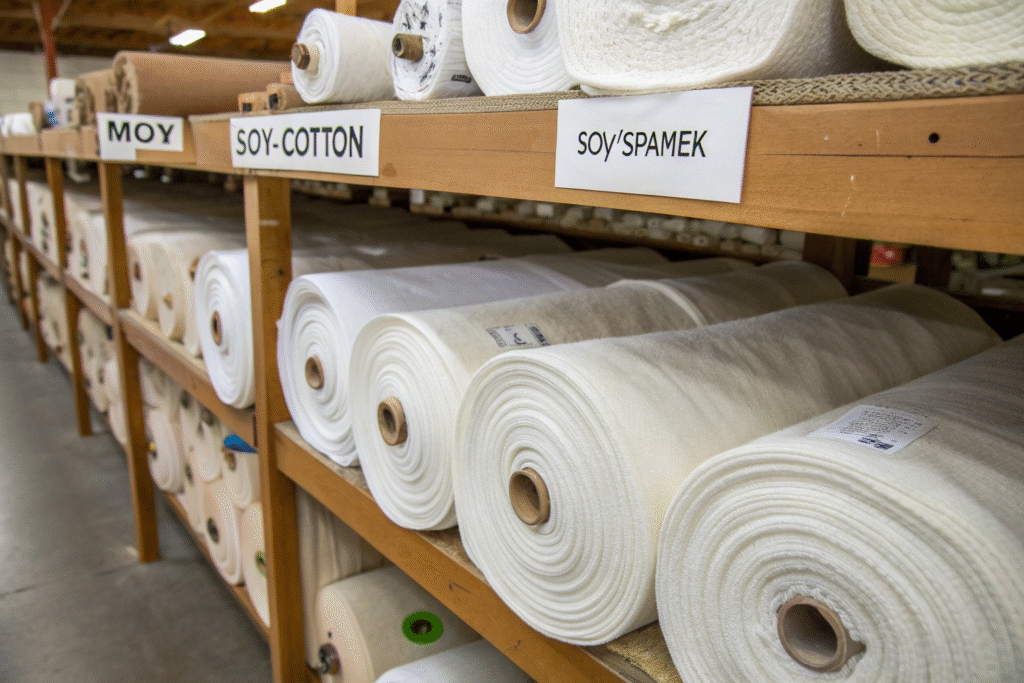
Which Blends Are Most Common?
| Blend Type | Properties |
|---|---|
| Soy/Spandex (95/5) | Stretch jersey for intimates, yoga |
| Soy/Cotton (70/30) | Everyday tees, loungewear |
| Soy/Modal (60/40) | Drapey tops, maternity clothing |
| Soy/Viscose (50/50) | Breathable, economical knits |
Source: Global Textile Source
Can I Order Color-Matched Custom Lots?
Yes. Most SPF suppliers offer lab dips with Pantone TCX matching and pre-treatment options like anti-pilling, enzyme washing, or silicone softening. At Fumao Fabric, we handle lab dip development in under 72 hours with digital color confirmation.
What Certifications Should You Request When Sourcing?
Certifications matter for both consumer trust and export compliance. Since soy is often paired with other fibers, it’s important to validate the full blend.
Request OEKO-TEX® Standard 100, GRS for recycled blends, and GOTS if the soy fiber is paired with certified organic cotton. Look for factory audits or FSC if sustainability claims are central to your branding.
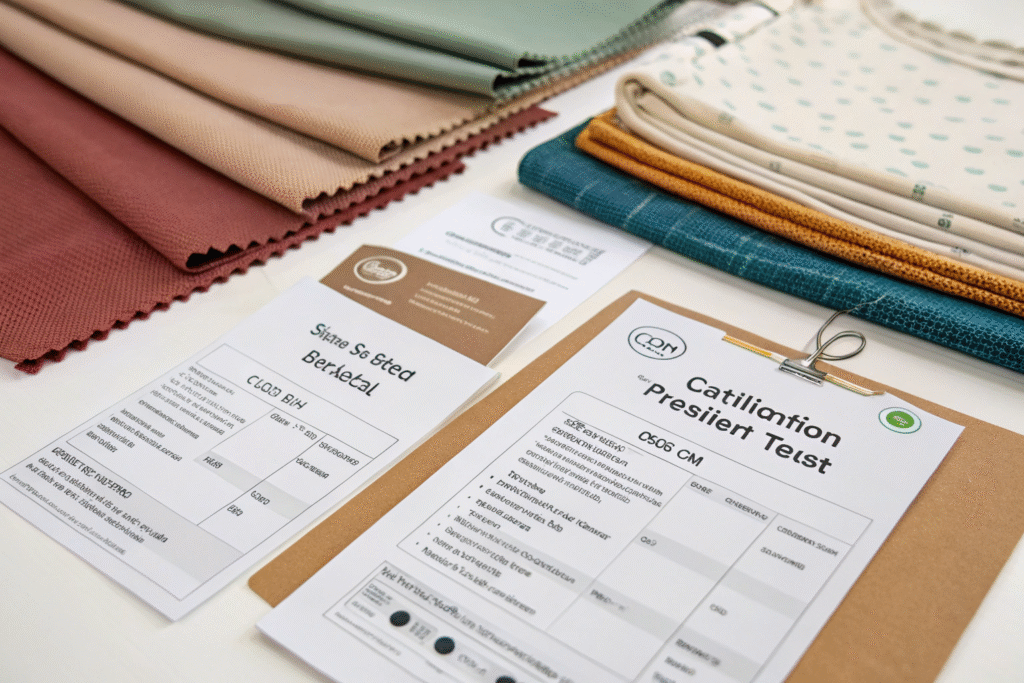
How Can You Verify the Soy Content?
Ask for:
- Yarn spec sheet
- Spinning certificate
- Fiber origin documentation
- Third-party content test (e.g., SGS)
We provide traceable yarn sourcing and in-house test reports on soy/cotton or soy/spandex blends. Refer to SGS Textile Certification for sample documentation requirements.
Is Chitosan or Antibacterial Finish Possible?
Yes. Soy fabric is often finished with chitosan, a natural antibacterial agent, especially for intimatewear. Suppliers like Antibac Textile offer finishing packages for SPF blends upon request.
Conclusion
Soy protein fiber blends bring together sustainability, softness, and innovation—making them a top choice for brands seeking silky, breathable, and plant-based fabrics. Whether you're developing loungewear, maternity collections, or wellness apparel, SPF blends deliver natural luxury without synthetic compromise.
At Fumao Fabric, we offer vertically integrated soy blend knit production with flexible MOQ, rapid development, and certified quality assurance. From custom GSMs to anti-odor finishing, we help brands build collections that feel good—and do good.
To start sourcing soy blend knit fabrics or request certified swatches, reach out to our Business Director Elaine at: elaine@fumaoclothing.com

